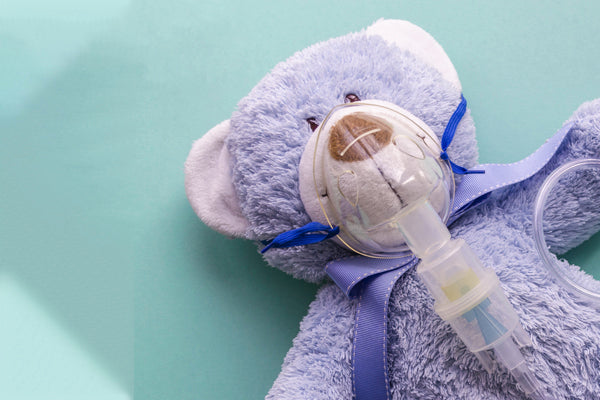
In winter, children's nose, throat and bronchi are put to the test, between frequent flus and colds that don't go away; but other disorders can also intervene in this season.
An example of this is the respiratory wheezing , or wheezing, a rather acute and continuous noise or whistle emitted by the child during exhalation in specific conditions, or when the flow of air is found to pass through particularly narrow or compromised airways.
Usually, this narrowing of the lower airways is caused by a viral infection, such as a cold , or asthma, but often other factors such as preterm birth, family history, pollution , exposure to allergens, and inhalation of irritants (such as the smoke) .
Very common in the first years of life (it is estimated that about 1 in 3 children present at least one episode within the third year), in most children it disappears within 6-10 years, while only in some cases recurrent episodes of wheezing may represent the initial manifestations of bronchial asthma.
A simple clinical examination with auscultation of the chest can allow the wheezing to be detected even when it is not very intense, leading the pediatrician to the diagnosis of wheezing. If you have severe, atypical, or recurring episodes, your doctor may order a chest x-ray.
As for the treatment , in general , timely administration of inhaled bronchodilators is carried out , to avoid the worsening of the symptoms and the visit
in the emergency room. If necessary, systemic corticosteroids are also used.
Pediatricians and specialists will then inform parents about the correct recognition of respiratory exacerbations and how to carry out the therapies appropriately at home.
Article taken from Born Mom | by Nora Cinaschi
Categorie del blog
Flyer


